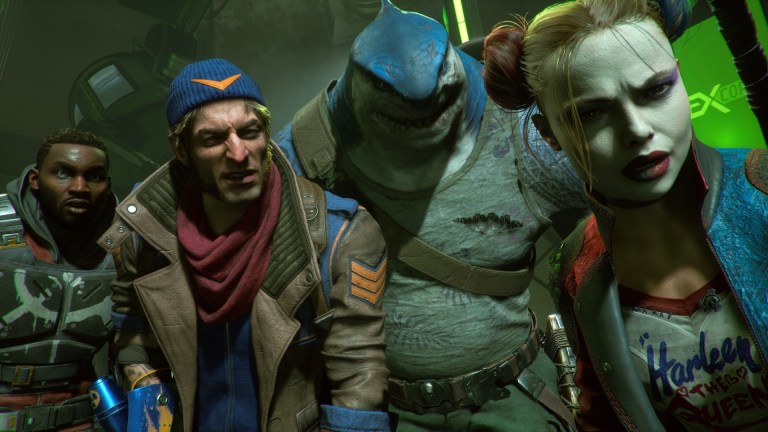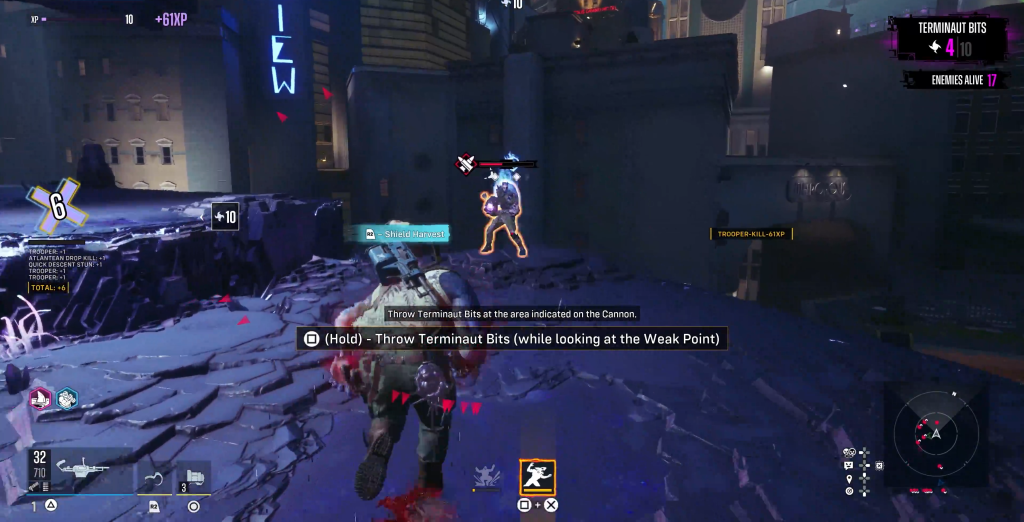Suicide Squad: Kill the Justice League Is Shaping Up to Be 2024’s Redfall
Suicide Squad: Kill the Justice League's negative hands-on previews suggest that the game is destined to join some unfortunate company.

Recently, several outlets had the chance to participate in a hands-on preview of Suicide Squad: Kill the Justice League: the latest game from Batman Arkham developer Rocksteady Studios. Typically, such hands-on previews are defined by (or even derided for) the necessity of their neutrality. They are not meant to be reviews of the final game, which means that they rarely deliver strong impressions one way or the other. However, many of those Suicide Squad: Kill the Justice League previews are uniquely negative in ways that have fans fearing the worst.
For instance, IGN’s preview begins with the surprisingly blunt headline “We played it and we didn’t like it.” VGC negatively compares aspects of Kill the Justice League to Square Enix’s widely criticized Avengers game. Eurogamer’s Ed Nightingale echoed a similar thought by stating “It’s clear Rocksteady is keen to try something new with Suicide Squad while remaining tied to the studio’s past, but as an online shooter with live service elements it’s perhaps trend-chasing more than sticking to what the studio does best.”
To be fair, calling those previews universally negative would be inaccurate. Some outlets, like Game Informer, were fairly positive towards the overall experience. Even some of the more negative previews of the game typically mentioned a few things about the demo that the previewer generally enjoyed. Parts of the game’s narrative and humor drew praise from numerous outlets, as did the unique nature of its playable character’s personalities and gameplay mechanics. However, much of that praise was scattered and varied wildly from person to person.
By comparison, the major criticisms of the game so far are far closer to being universal. Nearly every preview of Kill the Justice League mentions that the game’s UI is an absolute mess in its current state. There are simply too many things on-screen at any given time, and it’s not yet clear if the game will allow you to disable or minimize a sufficient amount of those UI elements. If not…well, then just take a look at how bad things can get:

Many of the other Kill the Justice League previews negatively reference the game’s generic missions and underdeveloped open-world elements which often feel like they exist to artificially inflate the substance of the experience. There’s also a boss fight against The Flash towards the end of the demo that was widely criticized for being convoluted and dissatisfying. Similar complaints were lodged against the game’s basic shooting and loot systems, though some argued there were aspects of both that could prove to be more satisfying across the course of the entire game. Even then, few went so far as to suggest that the game’s shooting was anywhere near as fluid as Arkham‘s melee combat or that the looting system immediately offers something more substantial than the excuse to keep grinding that such systems often exist to provide.
However, the most common criticism levied against this demo of Kill the Justice League is also the oldest criticism of the entire project: the idea that it just doesn’t feel like a game that is worthy of Rocksteady’s legacy and talents. It’s a largely familiar looter shooter with live service elements (despite Rocksteady’s attempts to downplay that element of the game) that is supposed to represent nine years of resources from a studio that once seemed destined for greatness. While Rocksteady hasn’t technically been working on this game that entire time, Kill the Justice League certainly looks like it’s trying to tap into ideas that once seemed like the future of the industry in 2015.
And that’s the real problem here. While there were always concerns about the rapid rise of live-service action titles in recent years, the relatively recent releases of Anthem, Redfall, and the aforementioned Avengers have proven to be the most egregious examples of that entire concept. Each of those games was made by famous studios previously known for their work on inventive, largely single-player experiences across a variety of genres. Each of those games also bombed in terms of sales and arguably received harsher criticism for being made by studios that deserved better.
Those failures are quickly proving to be more than outliers. Even Destiny (the arguable golden child of this entire movement) has fallen on hard times and faces an uncertain future. Forcing acclaimed studios to work on such games is one (horrible) thing. Continuing to do so while those games increasingly fail to replicate the success of the more traditional single-player experiences those studios are otherwise known for is quite another level of ignorance.
While most previews of Kill the Justice League note that it was difficult to get a proper feel for the full experience in such a relatively small amount of time, those comments feel like one of the rare “benefit of the doubt” statements that such video game previews are typically afforded. The much more popular (and growing) sentiment at the moment is that Kill the Justice League may just end up being the nail in the coffin for the era of gaming that saw some of our most talented studios get caught under the wheels of infinite profit growth. Maybe Rocksteady is still a trendsetter after all.
